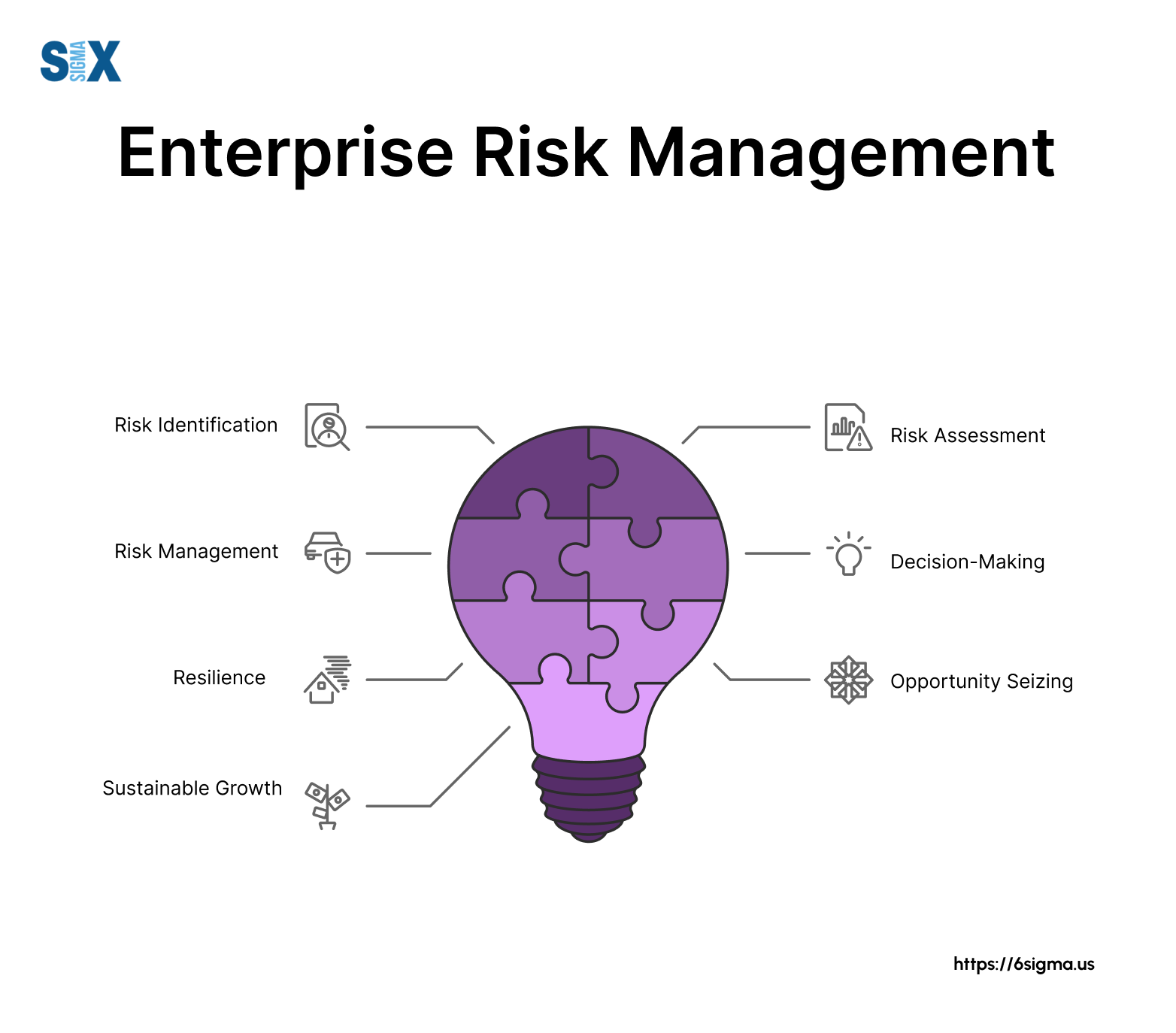Unlocking the Actual Importance of Risk Management for Continuous Growth
Unlocking the Actual Importance of Risk Management for Continuous Growth
Blog Article
Exploring the Value of Risk Management for Effective Decision-Making Approaches
In the intricate globe of service, Risk Management becomes an essential variable in the decision-making procedure. The capacity to identify prospective dangers and chances, and strategize accordingly, can mean the distinction between success and failure. With tools such as SWOT and PESTEL, organizations are equipped to make enlightened selections, fostering resilience and versatility in an ever-changing setting. Wondering just how this works? Let's unpack the dynamics better.
Recognizing the Concept of Risk Management
Risk Management, a critical part in decision-making, is commonly misunderstood or oversimplified. Risk Management includes disciplined and structured approaches, making use of information and informative analyses. From financial uncertainties, legal obligations, strategic Management mistakes, to accidents and natural calamities, it resolves numerous threats - importance of risk management.
The Duty of Risk Management in Decision-Making Processes
In the realm of critical preparation and organization procedures, Risk Management plays an important duty in decision-making procedures. It aids in identifying prospective risks and unpredictabilities that can influence the achievement of service goals. By tracing these dangers, companies can formulate techniques to alleviate their impact, guaranteeing organization continuity and security. Risk Management thus becomes an essential tool in decision-making, assisting leaders to make enlightened selections based upon a thorough understanding of the threats included. It encourages a positive technique, enabling companies to prepare and anticipate for feasible future scenarios. This considerably lowers the chance of negative repercussions, promoting much more effective and effective decision-making methods. As a result, Risk Management functions as a vital element in the decision-making procedures of any type of organization.

Just How Risk Management Boosts Strategic Preparation
In the context of calculated planning, Risk Management plays a pivotal role. Launching with the recognition of potential risks, it even more expands to the execution of Risk reduction measures. The role of Risk Management is vibrant but not fixed, as it requires constant monitoring and adjusting of approaches.
Recognizing Possible Dangers

Implementing Risk Mitigation
Risk mitigation strategies can range from Risk evasion, Risk transfer, to run the risk of decrease. Each strategy must be customized to the details Risk, considering its prospective influence and the company's Risk tolerance. Efficient Risk reduction requires a deep understanding of the Risk landscape and the potential influence of each Risk.
Surveillance and Changing Strategies
Though Risk mitigation is a vital action in tactical preparation, continual tracking and modification of these techniques is just as essential. This ongoing procedure permits companies to recognize brand-new dangers and reassess existing ones, making certain the executed methods continue to be efficient in the ever-changing business setting. It additionally offers an opportunity to assess the success of the Risk Management actions, allowing modifications to be made where necessary, further boosting strategic preparation. Reliable surveillance and adjustment need using analytics and essential i loved this efficiency indications (KPIs) to gauge performance. These tools give beneficial data-driven insights that can inform critical decision-making. Tracking and readjusting Risk Management methods is a critical component for boosting a company's strength and tactical preparation.
Situation Researches: Effective Risk Management and Decision-Making
In the world of company and financing, effective Risk Management and decision-making frequently serve as the pillars of thriving enterprises. These situations highlight the worth of astute Risk Management in decision-making processes. These cases highlight the critical duty of Risk Management in critical decision-making.
Tools and Strategies for Reliable Risk Management
Browsing the intricate maze of Risk Management needs the best set of strategies and tools. These tools, such as Risk signs up and warmth maps, aid in identifying and assessing prospective threats. Methods include both quantitative techniques, like level of sensitivity evaluation, and qualitative techniques, such as SWOT evaluation. These help in prioritizing risks based on their possible influence and probability. Risk reaction strategies, a vital element of Risk Management, entail accepting, preventing, moving, or mitigating dangers. Monitoring and managing risks, through regular audits and reviews, guarantee that the techniques continue to be effective. With these devices and strategies, decision-makers can browse the complex landscape of Risk Management, thus helping with notified and efficient decision-making.
Future Trends in Risk Management and Decision-Making Strategies
As we explore the large landscape of Risk Management, it comes to be obvious that the devices and methods made use of today will certainly continue to develop. Future fads direct in the direction of a boosted reliance on modern technology, with synthetic knowledge and artificial intelligence playing substantial roles. These modern technologies will enable companies to forecast prospective dangers with greater precision and make more enlightened choices. In addition, there will certainly be a growing focus on strength, not just in taking care of dangers yet likewise in getting better from damaging situations. Last but not least, the principle of Risk society, where every participant of a company knows and associated with Risk Management, will get more prestige. These fads proclaim a more comprehensive and positive approach towards Risk Management and decision-making.
Verdict

Risk Management hence ends up being a crucial tool in decision-making, aiding leaders to make educated selections based on a detailed understanding of the dangers entailed. Risk reduction approaches can range from Risk evasion, Risk transfer, to run the risk of decrease (importance of risk management). Effective Risk mitigation calls for a deep understanding of the Risk landscape and the potential effect of each Risk. Risk action techniques, an essential part of Risk Management, include approving, avoiding, transferring, or mitigating threats. The concept of Risk culture, where every participant of a company is conscious and involved read in Risk Management, will certainly acquire extra importance
Report this page